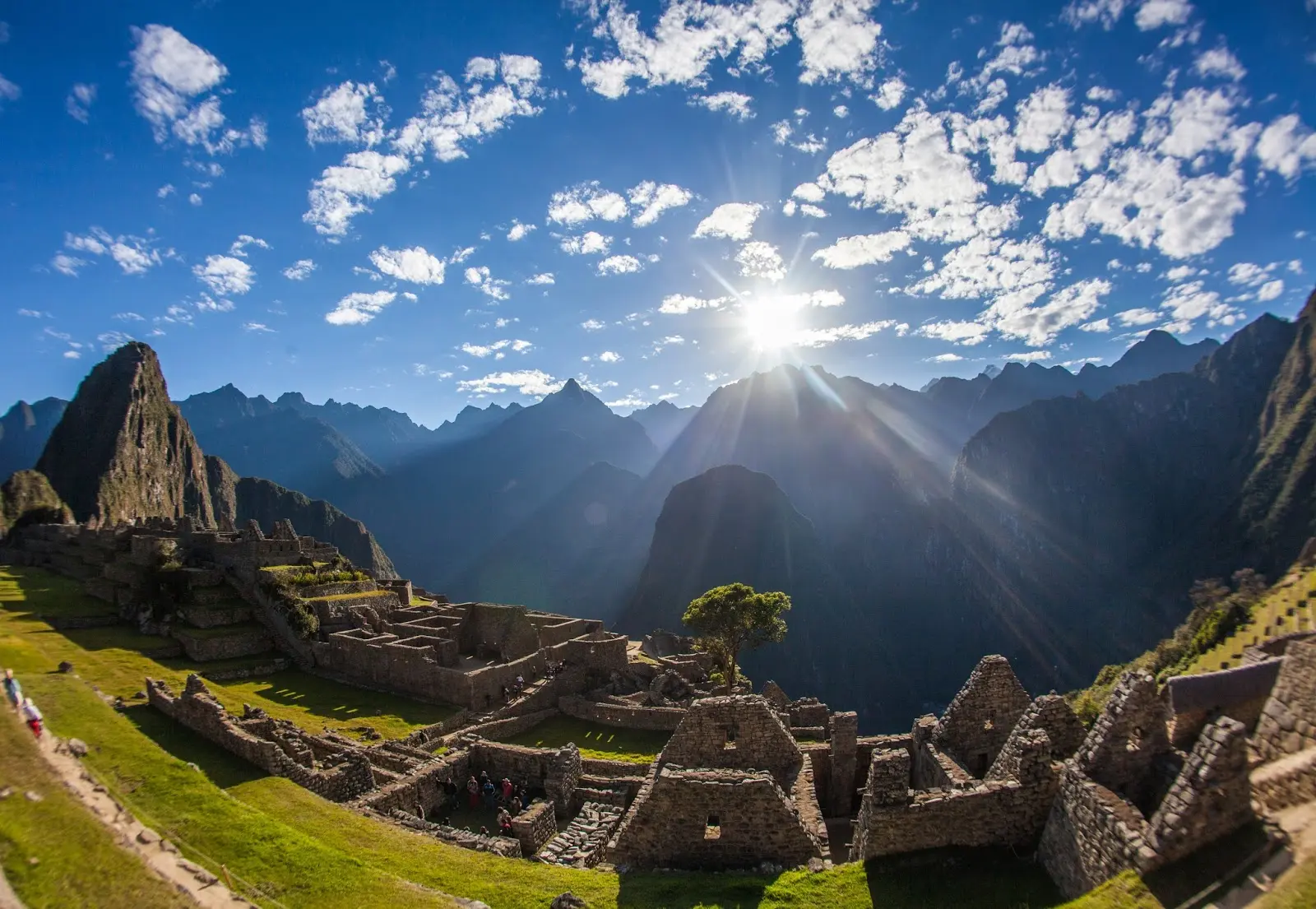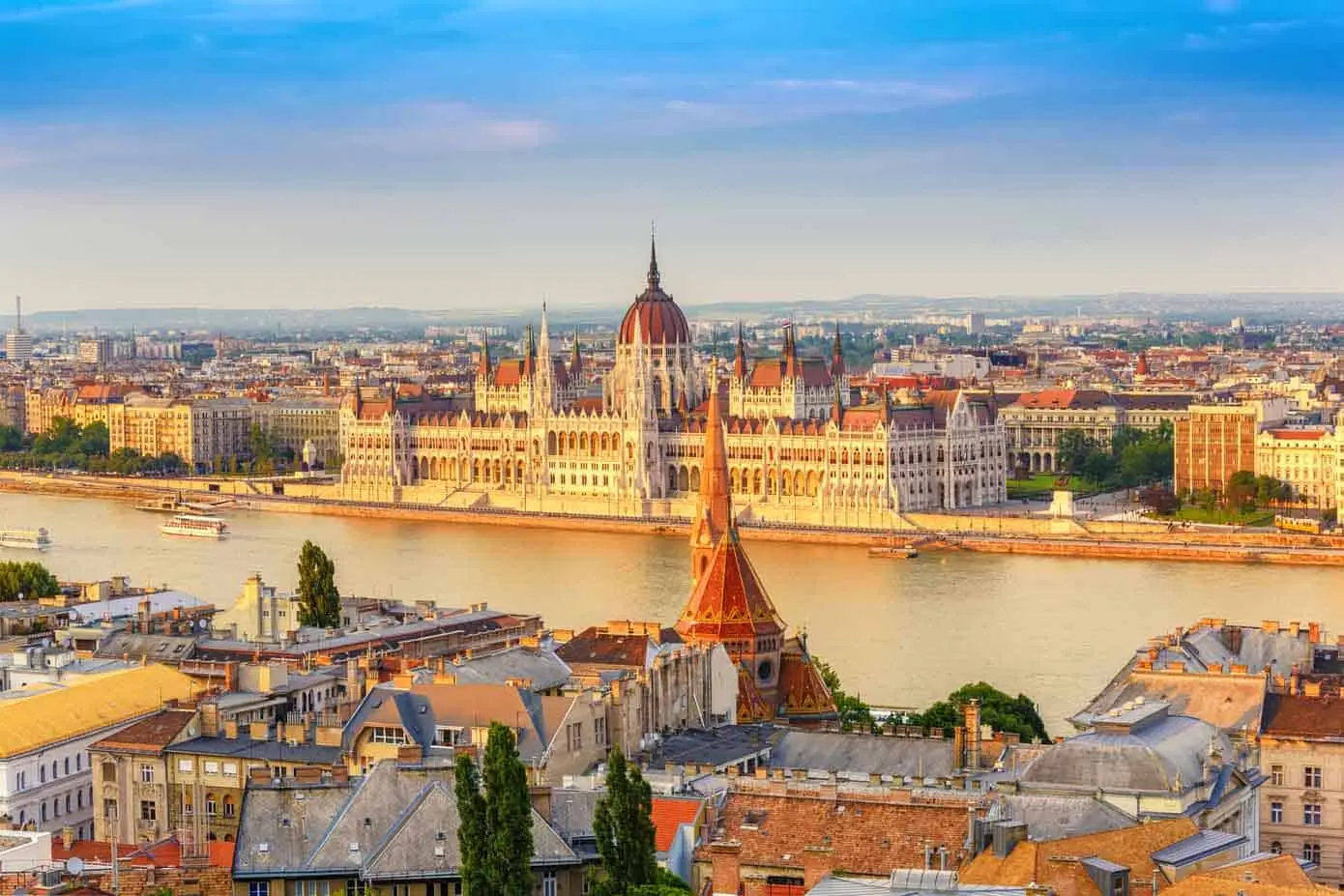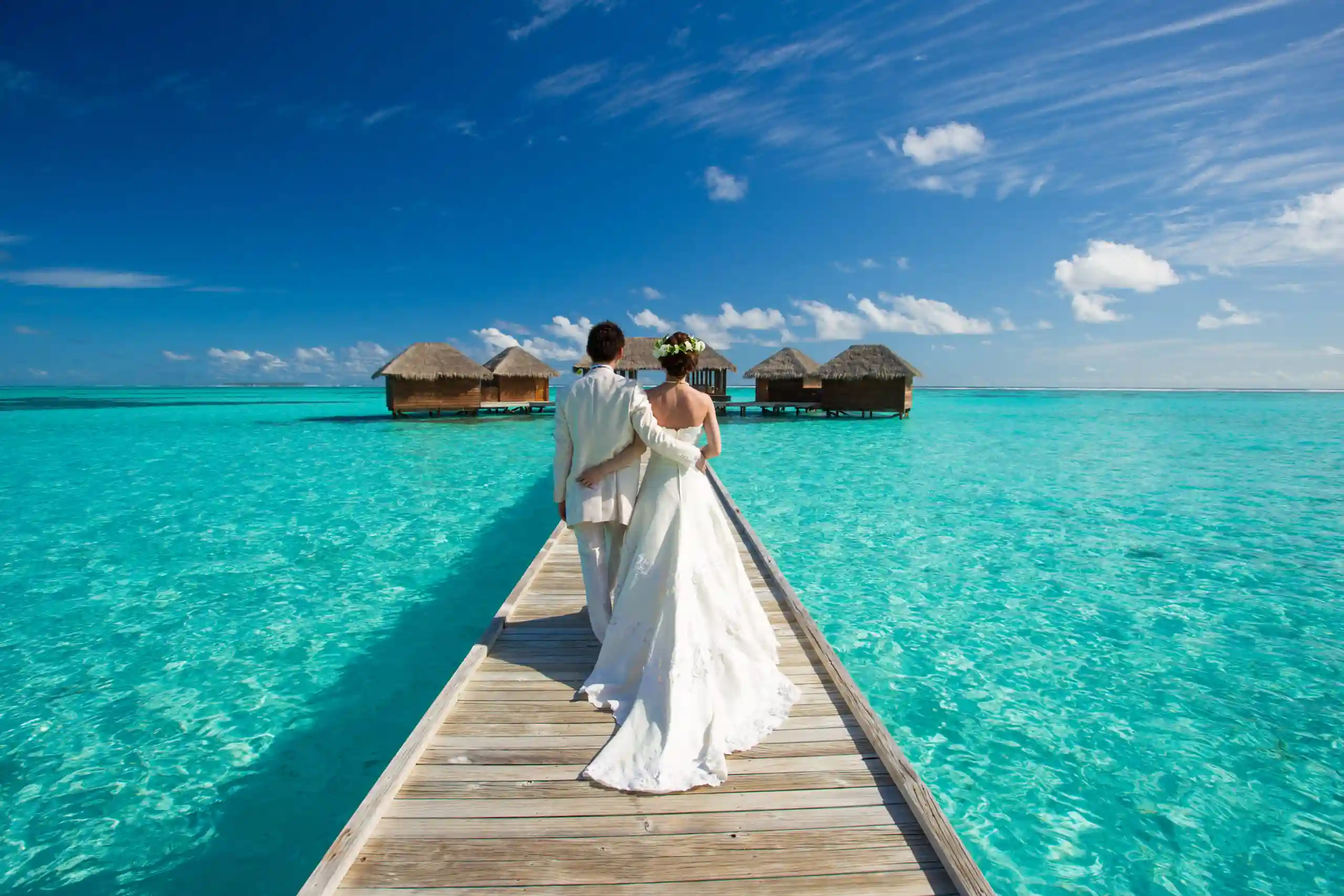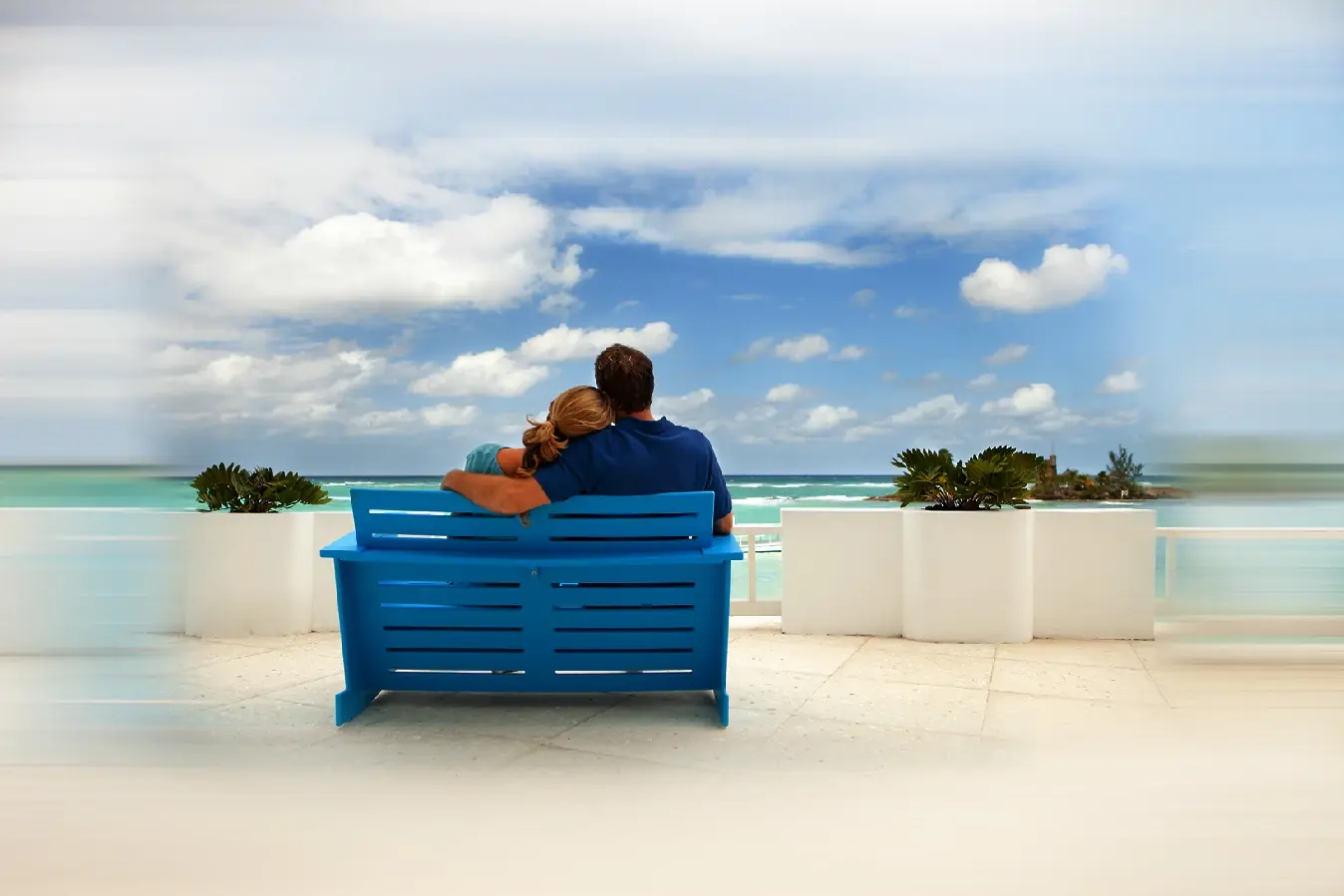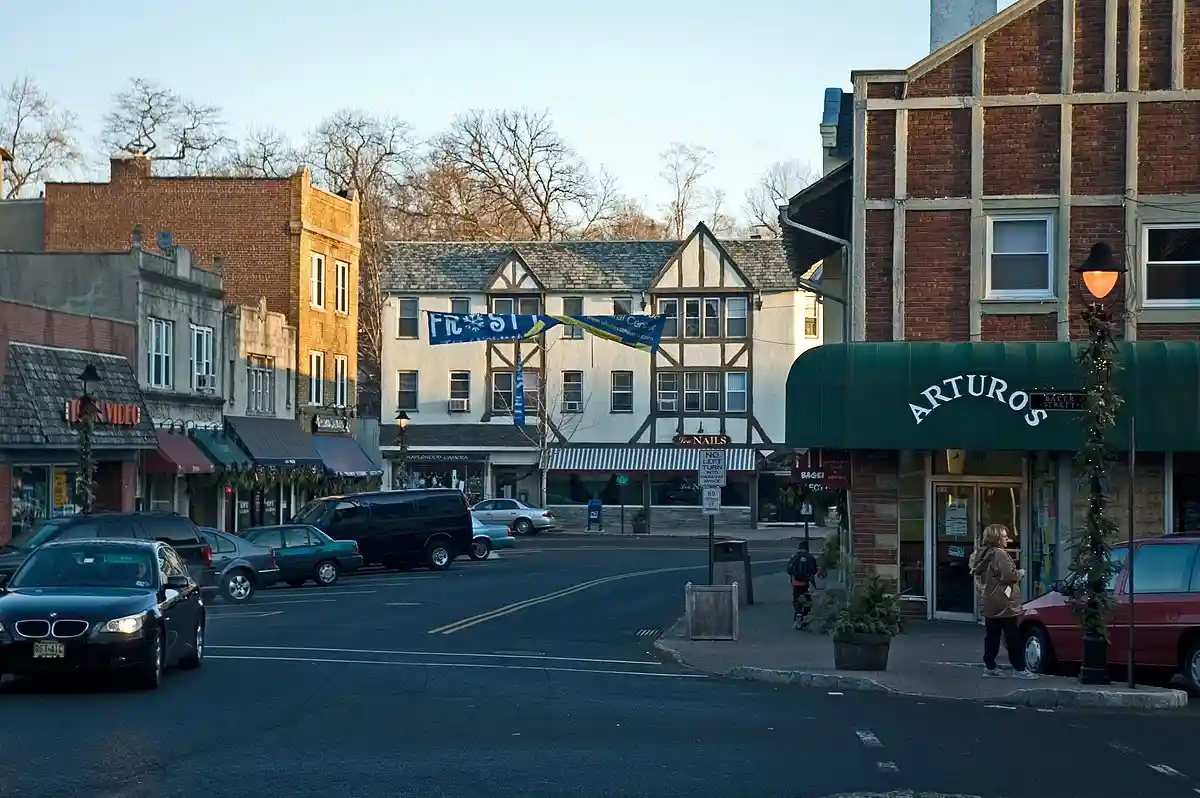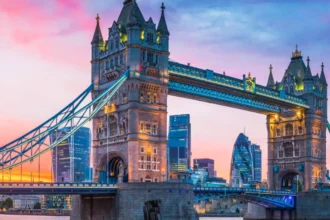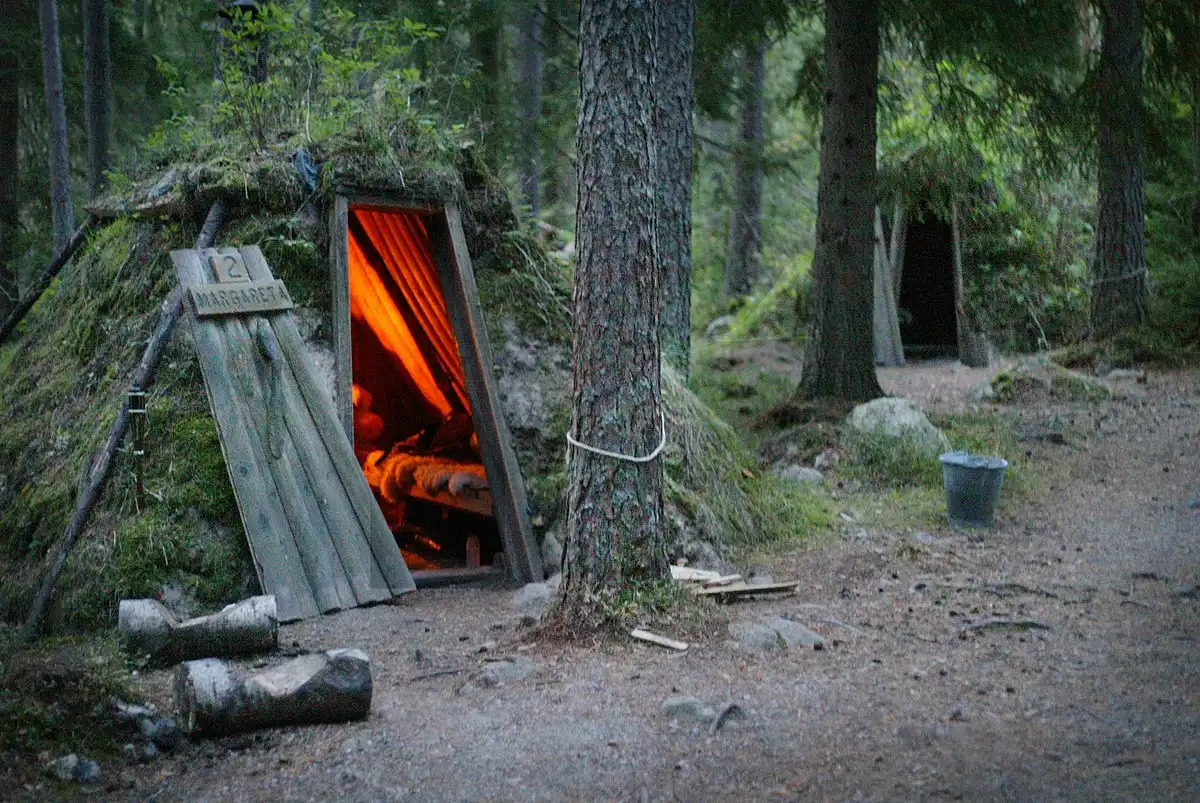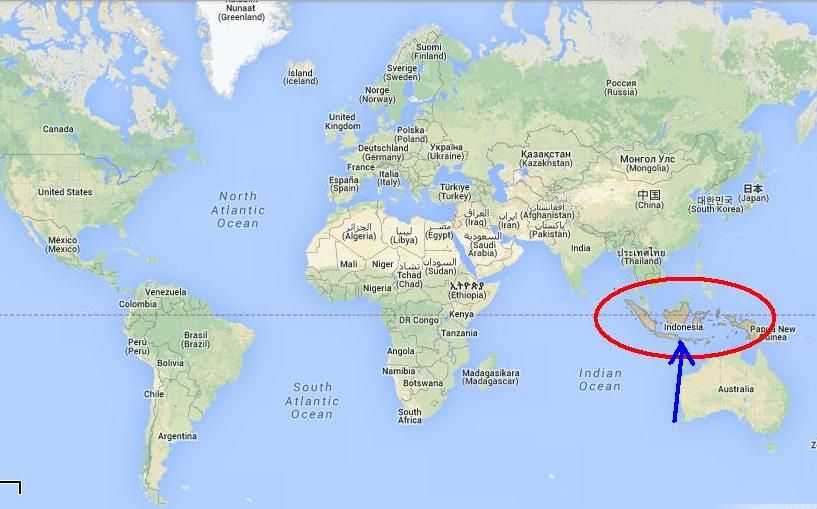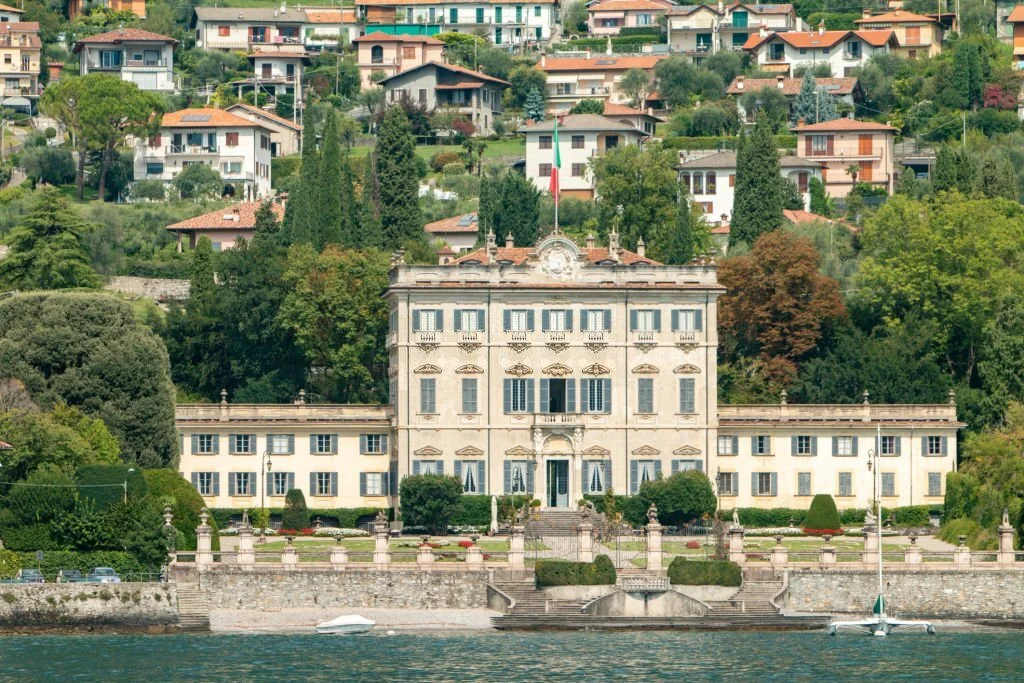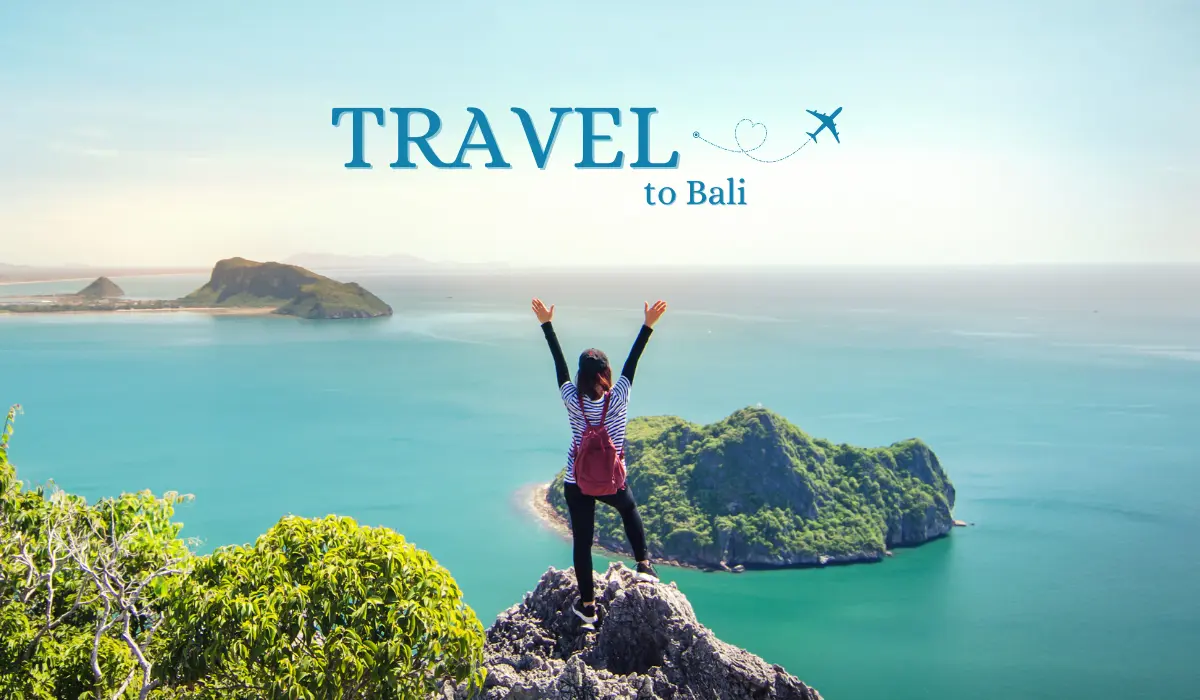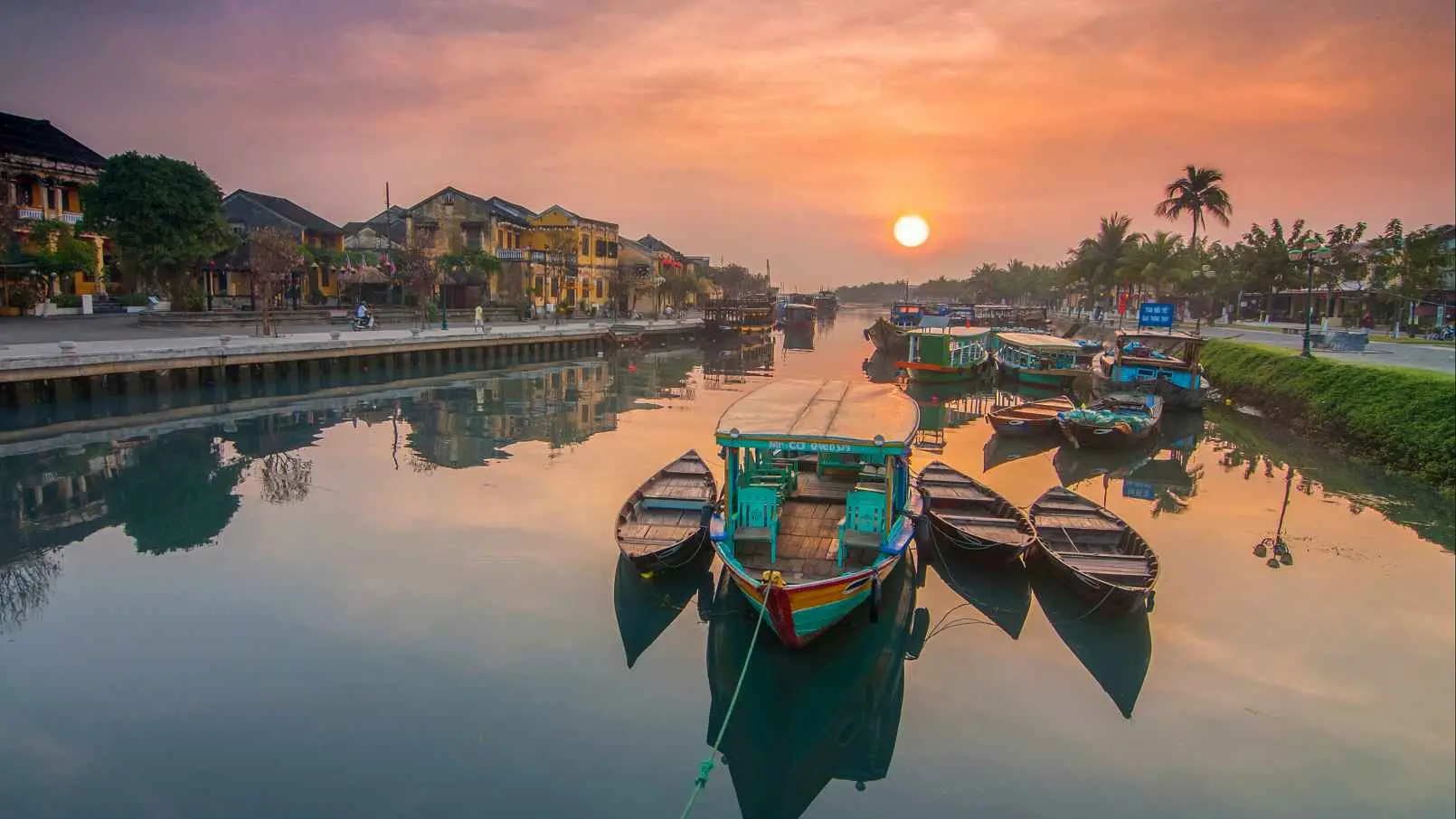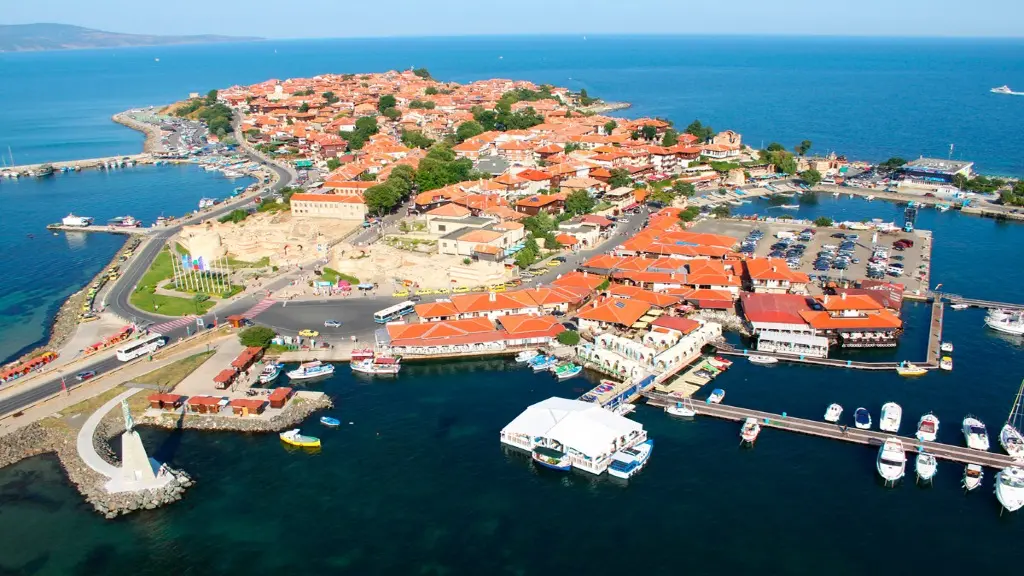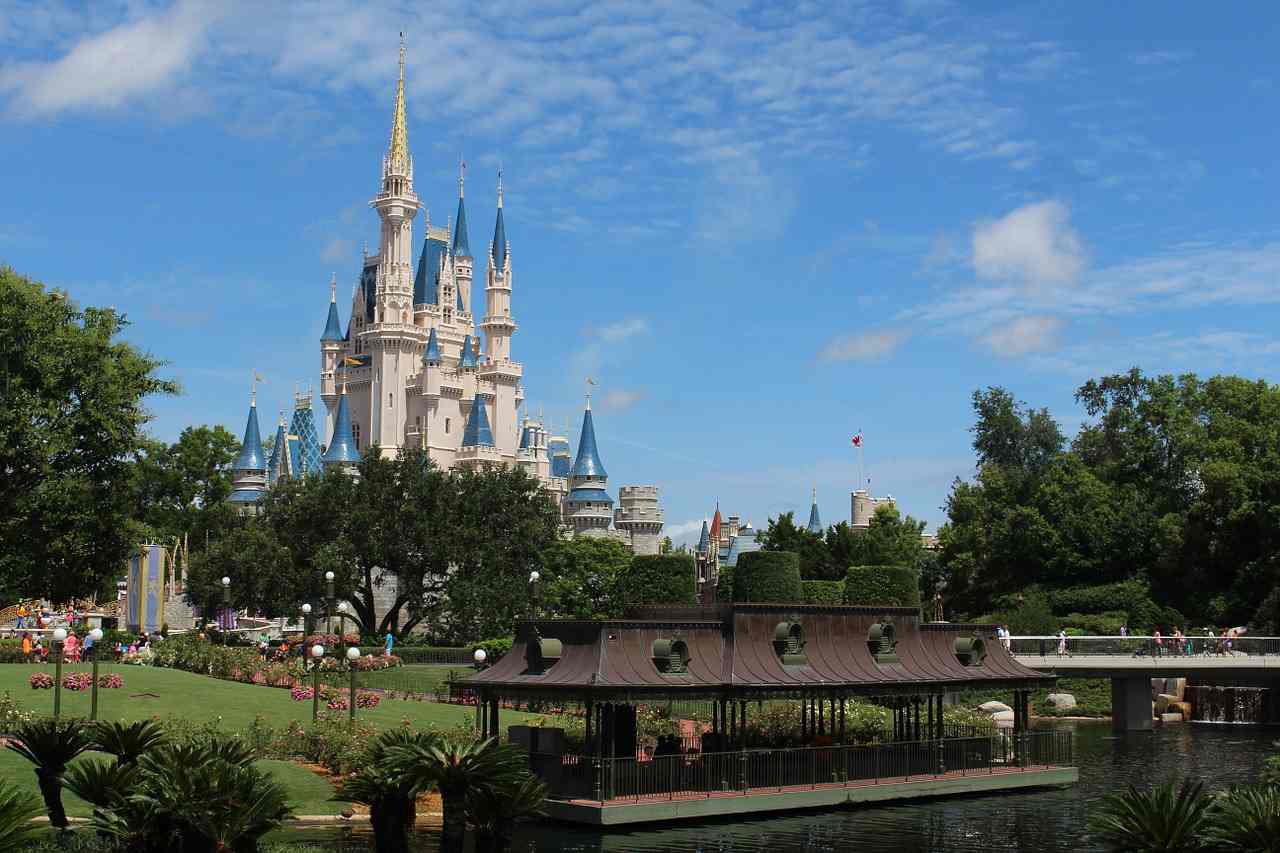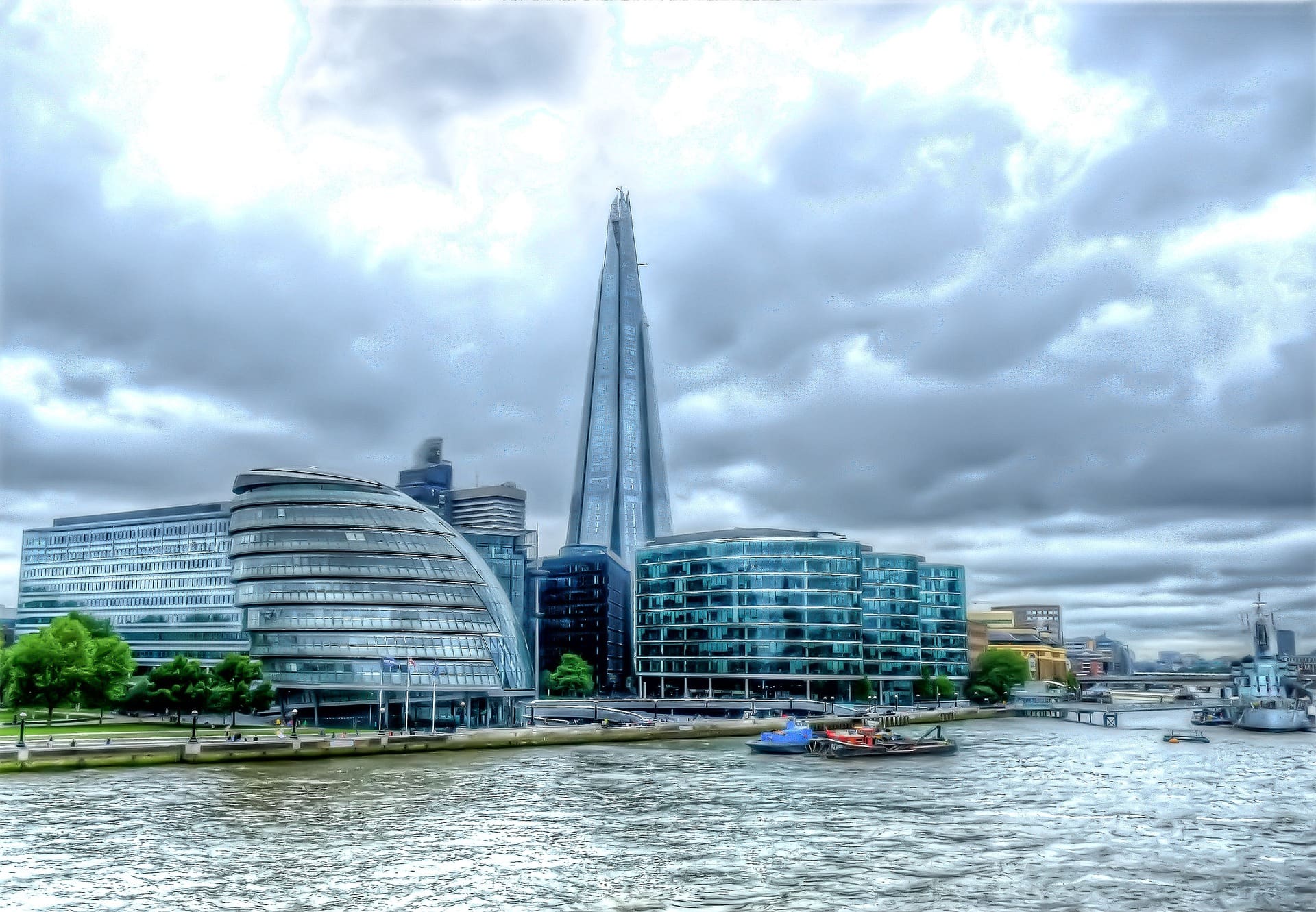Morocco is a country that exudes charm at every corner, offering a unique blend of diverse landscapes, rich culture, and historical depth. From the ancient streets of Fes and Marrakesh to the stunning desert dunes of Merzouga, each part of Morocco holds a distinct allure. With a perfect balance of vibrant cities, beautiful coastlines, and breathtaking mountains, Morocco provides an experience unlike any other. Whether you are looking to dive deep into history, wander through colorful souks, or relax along pristine beaches, this North African gem has something for every kind of traveler.
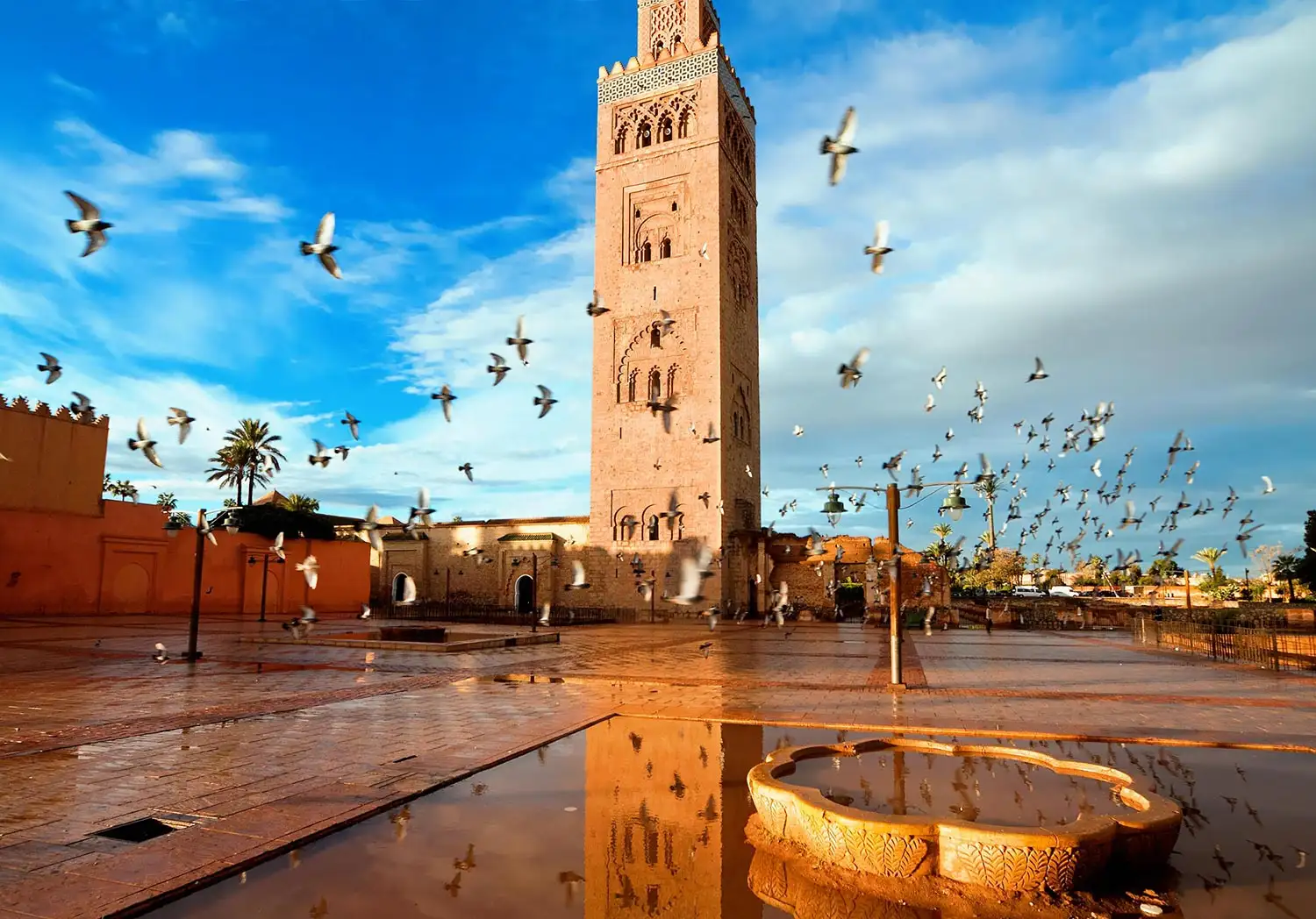
In addition to the iconic cities, Morocco’s natural beauty offers opportunities for outdoor adventure and exploration. The Atlas Mountains, the Sahara Desert, and Morocco’s Mediterranean and Atlantic coastlines provide countless possibilities for hiking, trekking, and immersing yourself in the great outdoors. The blend of Moorish, Arab, and Berber influences adds a cultural richness to Morocco, making it a true crossroads of Africa and Europe. Below is a list of 10 fascinating places to visit in Morocco that showcase the country’s diverse charm and appeal.
1. Rabat

Rabat, the capital of Morocco, is a city that elegantly blends modernity with history. As the country’s political and administrative hub, Rabat offers a quiet yet captivating atmosphere compared to the more chaotic cities of Morocco. The city is known for its broad boulevards lined with trees, stunning gardens, and a beautiful coastline. It is one of Morocco’s most peaceful cities, offering a balance between the vibrant pulse of urban life and tranquil retreats.
One of the must-visit locations in Rabat is the Kasbah of the Udayas, a historic fortress that dates back to the 12th century. The kasbah, painted in blue and white hues, overlooks the Atlantic Ocean and offers stunning views of the sea and surrounding areas. Walking through the narrow streets of the Kasbah allows visitors to step back in time, with a blend of Moorish and Andalusian architecture. The Mausoleum of Mohammed V, an exquisite example of modern Moroccan architecture, is another highlight. The tomb of Morocco’s former king is an iconic symbol of the country’s royal heritage. Nearby, the Royal Palace and its gardens provide a glimpse into Morocco’s royal history and culture. For a peaceful retreat, the Andalusian Gardens in the heart of the medina offer lush greenery, fountains, and beautiful paths for relaxation. Rabat is a serene and historically rich destination, perfect for those seeking a blend of cultural heritage and peaceful surroundings.
2. Marrakesh

Marrakesh is Morocco’s most iconic and visited city, offering a blend of history, culture, and intense energy. Known as the “Red City” due to the color of its buildings, Marrakesh never fails to capture the imagination of visitors with its vibrant atmosphere, historic landmarks, and dynamic markets. The city’s bustling streets are home to everything from food vendors to artisans and entertainers, making it one of the most exciting cities to explore in Morocco.
A visit to Jemaa el-Fnaa, the lively heart of Marrakesh, is a must. By day, the square is filled with food stalls, street performers, and snake charmers, creating a festive atmosphere. At night, the square transforms into a night market with lights, music, and an array of food stalls offering traditional Moroccan dishes. The Medina of Marrakesh, a UNESCO World Heritage site, is a maze of narrow streets, souks, and hidden gems, offering a chance to shop for spices, textiles, pottery, and jewelry. Don’t miss the Bahia Palace, a stunning example of Moroccan architecture with beautifully decorated rooms, intricate tile work, and tranquil gardens. For some peaceful respite, visit the Majorelle Garden, a vibrant blue garden once owned by Yves Saint Laurent. Filled with exotic plants, fountains, and sculptures, it is a serene oasis amidst the city’s energy.
3. Toubkal National Park and Jebel Toubkal

For those who love outdoor adventures, Toubkal National Park and its centerpiece, Jebel Toubkal, provide an exhilarating experience. The park is located in the High Atlas Mountains and is home to the highest peak in North Africa, Jebel Toubkal, towering at 4,167 meters (13,671 feet). The trek to the summit of Jebel Toubkal is an invigorating challenge, attracting trekkers and mountaineers from around the world who come to conquer its peak and enjoy panoramic views of the valleys and peaks below.
The park offers more than just a challenging climb. Hikers can explore a variety of trails through Berber villages, alpine forests, and rugged mountain terrain. The area is rich in cultural experiences, as many Berber communities still reside in the mountains, providing a rare opportunity to witness their traditional way of life. Along with the views, the park’s natural beauty is a highlight, with deep valleys, lush meadows, and high-altitude lakes. Whether you’re an experienced trekker or a novice, Toubkal National Park is an unmissable destination for anyone looking to experience Morocco’s wilderness up close.
4. Sidi Ifni

Situated on the southern coast of Morocco, Sidi Ifni is a lesser-known gem that offers an escape from the more crowded destinations. Known for its mix of Moroccan and Spanish influences, Sidi Ifni’s art-deco buildings and Spanish-style homes create a distinctive, nostalgic atmosphere. The town feels like stepping back in time with its colonial-era architecture and relatively quiet ambiance, making it an excellent destination for those seeking a peaceful retreat.
The town is also famous for its stunning beaches, which remain largely untouched by mass tourism. The beaches here offer clear waters and gentle waves, perfect for relaxation or beach activities. The Sidi Ifni Lighthouse, perched on a cliff, offers breathtaking views of the coastline and is an ideal spot to catch a stunning sunset over the Atlantic Ocean. This coastal town provides a calm atmosphere, a perfect escape from the busy tourist hotspots, where visitors can unwind and enjoy the natural beauty of the area.
5. Asilah

Asilah, located on the Mediterranean coast, is a charming town with an artistic flair. Its beautifully preserved Medina is filled with narrow streets and whitewashed buildings, making it one of the most picturesque towns in Morocco. Asilah is well-known for its vibrant street art, with murals painted on the walls of the town’s buildings. The annual Asilah Arts Festival attracts artists from all over the world, creating an energetic yet laid-back atmosphere.
The town’s ramparts, dating back to the 15th century, are a highlight, offering impressive views of the Atlantic Ocean and the town’s coastal landscapes. Asilah’s beautiful beaches are another draw, offering a peaceful environment for relaxation, sunbathing, and even surfing. The town also boasts several charming cafes and restaurants where visitors can enjoy traditional Moroccan cuisine while soaking in the art and culture that fill the streets.
6. Chefchaouen

Known as the “Blue Pearl” of Morocco, Chefchaouen is one of the most photogenic cities in the country. Nestled in the Rif Mountains, this small town is renowned for its striking blue-painted buildings and streets. Chefchaouen’s distinctive color scheme is said to have been influenced by Jewish refugees who painted the town blue to symbolize the sky and heaven. The result is a serene, almost magical atmosphere that has captivated photographers, artists, and travelers for decades.
Beyond the city’s iconic blue walls, Chefchaouen offers plenty to explore. The Medina is a maze of cobbled streets, where visitors can shop for locally made crafts, such as woolen goods, pottery, and leather items. For outdoor enthusiasts, Chefchaouen is surrounded by mountains and valleys, offering excellent opportunities for hiking and nature walks. The Akchour Waterfalls, located a short distance from the city, are a popular hiking destination. Chefchaouen’s tranquil vibe, stunning architecture, and natural surroundings make it one of the most peaceful places to visit in Morocco.
7. Meknes

Meknes, often overshadowed by other cities in Morocco, is a hidden gem that shouldn’t be missed. Known as the “Versailles of Morocco” due to its magnificent architecture and expansive gardens, Meknes is one of Morocco’s four imperial cities. The city’s Medina, which is a UNESCO World Heritage site, is home to historic gates, palaces, and mosques that speak to its regal past. One of the most notable sites is Bab Mansour, a grand gate that is considered one of the most beautiful in Morocco.
Meknes is also home to the Mausoleum of Moulay Ismail, the final resting place of the Sultan who made the city his capital. The Heri es-Souani, an agricultural complex built by Moulay Ismail, is another must-see, showcasing the city’s history of innovation and power. Nearby, the Volubilis Ruins, a UNESCO World Heritage site, provide a glimpse into Morocco’s Roman past, with well-preserved mosaics and ancient structures still standing. Meknes offers a deep dive into Morocco’s imperial history, making it an essential stop for history lovers.
8. Fes

As one of Morocco’s oldest and most culturally rich cities, Fes is often considered the spiritual and cultural heart of the country. The Fes el-Bali district, a UNESCO World Heritage site, is a living museum, offering a look into Morocco’s past with its narrow, winding streets, bustling souks, and centuries-old craftsmanship. Fes is home to Al-Qarawiyyin, one of the oldest universities in the world, which has been a center of knowledge and culture since the 9th century.
The Chouara Tannery in Fes is an iconic site where leather is still made using ancient methods. Visitors can watch the process from rooftop terraces, where they can see workers dyeing leather in vibrant colors. The Bou Inania Madrasa, a stunning example of Islamic architecture, and the peaceful Jnan Sbil Gardens provide a serene escape from the busy streets of the medina. Fes is a city that immerses visitors in Morocco’s history, culture, and artistry.
9. Essaouira

Located on the Atlantic coast, Essaouira is a city known for its laid-back vibe, historic medina, and impressive coastal beauty. The Essaouira Medina is a UNESCO World Heritage site and is filled with narrow streets, whitewashed buildings with blue shutters, and vibrant markets. The Skala de la Ville, an old fort offering panoramic views of the ocean, is one of the most iconic landmarks in the city.
Essaouira is also renowned for its fresh seafood, with numerous restaurants along the harbor serving the day’s catch. The city is a popular destination for windsurfing and kitesurfing, thanks to the strong winds that make the beaches ideal for water sports. The Gnaoua World Music Festival brings together musicians from around the world, celebrating the region’s rich musical heritage. Essaouira combines history, culture, and coastal charm, offering a unique escape from the hustle and bustle of Morocco’s larger cities.
10. Merzouga

ocated in the heart of the Sahara Desert, Merzouga is a small village that offers visitors the chance to experience one of the most stunning and remote landscapes in Morocco. The village is situated at the edge of the Erg Chebbi Dunes, some of the highest sand dunes in the Sahara, which rise up to 150 meters (490 feet) high.
Merzouga is famous for offering unforgettable desert experiences, including camel treks into the dunes, stargazing, and spending a night in a traditional desert camp. The desert comes alive at sunset when the golden sand shifts colors, creating a mesmerizing scene. For a truly unique experience, visitors can spend the night in a luxury desert camp, where they can enjoy traditional Moroccan food and music under a sky filled with stars. The area around Merzouga is also known for its rich Berber culture, and visitors can learn about local traditions, music, and crafts from the welcoming nomadic communities.
11. Ifrane
Often referred to as “Little Switzerland,” Ifrane is a charming alpine town nestled in the Middle Atlas Mountains. Known for its European-style architecture, lush greenery, and cool climate, Ifrane stands in stark contrast to the arid landscapes that dominate much of Morocco. The town’s well-maintained parks, manicured lawns, and cobblestone streets create a peaceful atmosphere, making it a popular weekend getaway for locals.
Ifrane’s most famous attraction is Michlifen Ski Resort, which offers skiing and snowboarding in the winter months. While Morocco may not be known for its ski resorts, Michlifen provides an opportunity to enjoy winter sports in a country known for its deserts. The Al Akhawayn University, an American-style liberal arts university, adds to the town’s cosmopolitan feel. Nearby, the Ifrane National Park offers hiking trails, opportunities to spot wildlife such as Barbary apes, and a chance to explore dense forests and serene lakes. Ifrane is the perfect destination for those seeking a peaceful retreat in the mountains, far from the hustle and bustle of Morocco’s larger cities.
Conclusion:
Morocco is a country of extraordinary diversity, where visitors can find everything from bustling cities filled with history and culture to tranquil desert landscapes and mountain retreats. Whether you’re exploring the colorful streets of Chefchaouen, trekking to the summit of Jebel Toubkal, or relaxing on the beaches of Essaouira, Morocco offers a variety of experiences that will leave a lasting impression. Each destination tells its own story, reflecting the rich heritage, natural beauty, and unique charm of this captivating North African country
FAQs for the top tourist destinations in Morocco:
1. What is the best time to visit Morocco? The best time to visit Morocco is during the spring (March to May) or fall (September to November) when the weather is mild and ideal for exploring.
2. How can I explore the Sahara Desert from Merzouga? You can explore the Sahara Desert from Merzouga by taking a camel trek, which offers a unique opportunity to experience the golden dunes and spend the night in traditional desert camps.
3. Is Marrakesh a safe destination for tourists? Yes, Marrakesh is generally safe for tourists. However, like any popular tourist destination, it’s important to be cautious in crowded areas and safeguard your belongings.
4. What can I see at Toubkal National Park? Toubkal National Park offers trekking, hiking trails, and mountaineering experiences, including the summit of Jebel Toubkal, North Africa’s highest peak.
5. What is the best way to get to Chefchaouen? Chefchaouen is accessible by bus or car from major Moroccan cities such as Tangier and Fes. It’s located in the Rif Mountains, offering scenic views along the way.
6. What are the highlights of the historic Medina in Fes? The Medina in Fes is home to ancient mosques, the famous Chouara Tannery, the University of Al-Qarawiyyin, and the Bou Inania Madrasa. The area is rich in Moroccan history and culture.
7. Can I visit the beaches in Asilah? Yes, Asilah is known for its peaceful and clean beaches, ideal for relaxing and surfing.
8. What is the best way to explore Essaouira’s Medina? The best way to explore Essaouira’s Medina is on foot. You can stroll through the narrow streets, visit the fish market, and explore the historic Skala de la Ville fortifications.
9. How can I experience traditional Berber culture in Morocco? You can experience Berber culture in places like Merzouga and the Atlas Mountains, where you can visit Berber villages, interact with locals, and experience their music and cuisine.
10. What is the significance of the Kasbah of the Udayas in Rabat? The Kasbah of the Udayas is a historic fortress in Rabat, offering stunning views of the Atlantic Ocean. It is an important cultural landmark, dating back to the 12th century.

